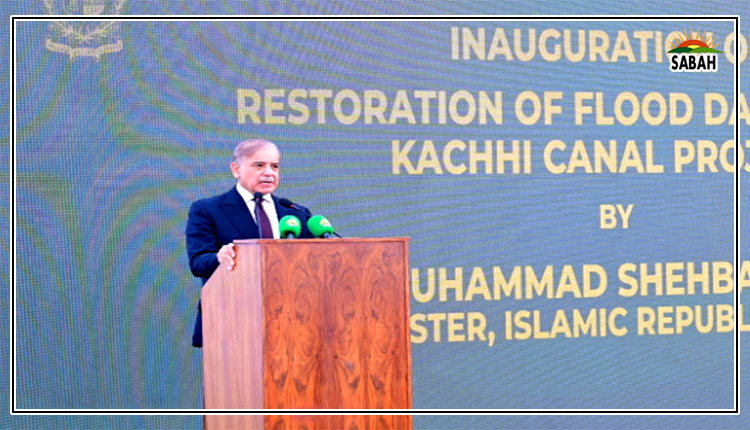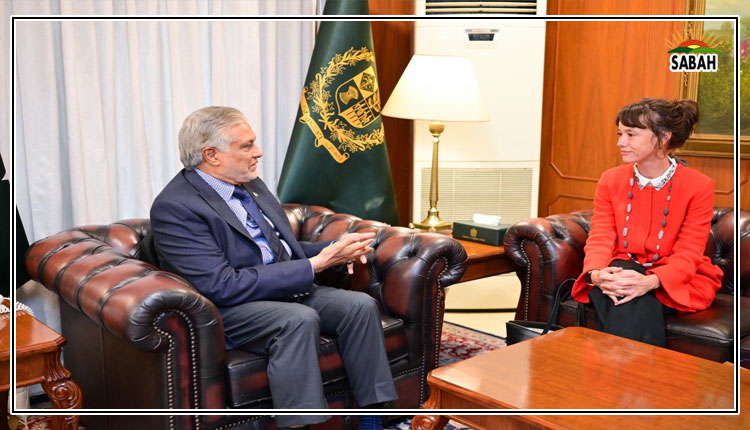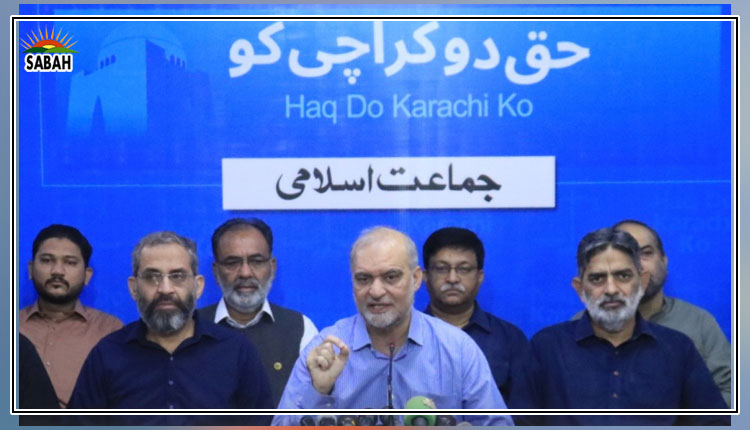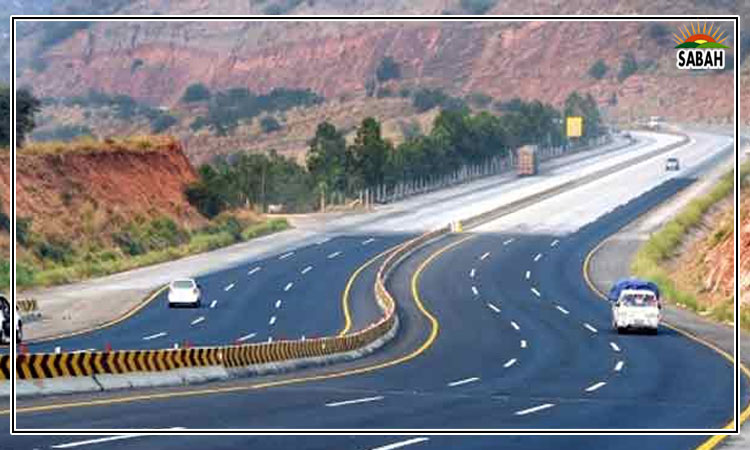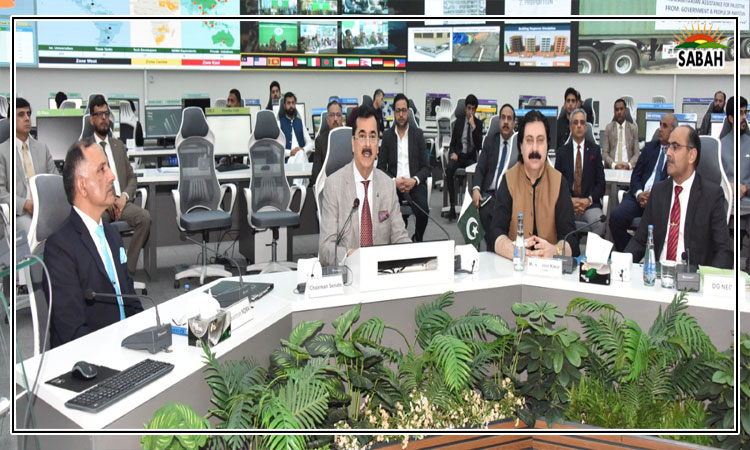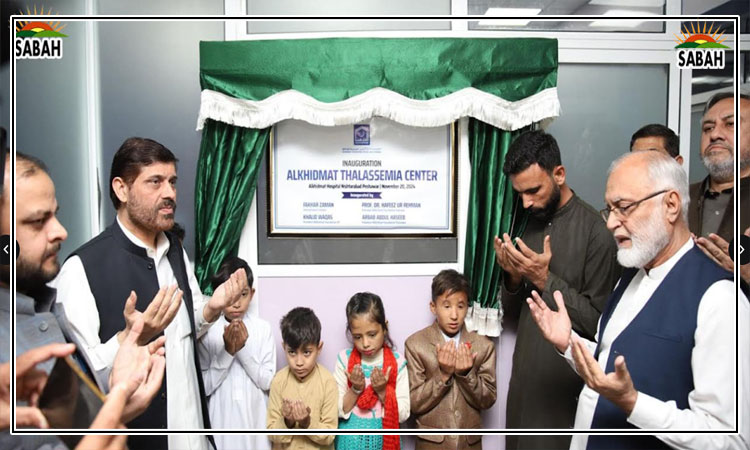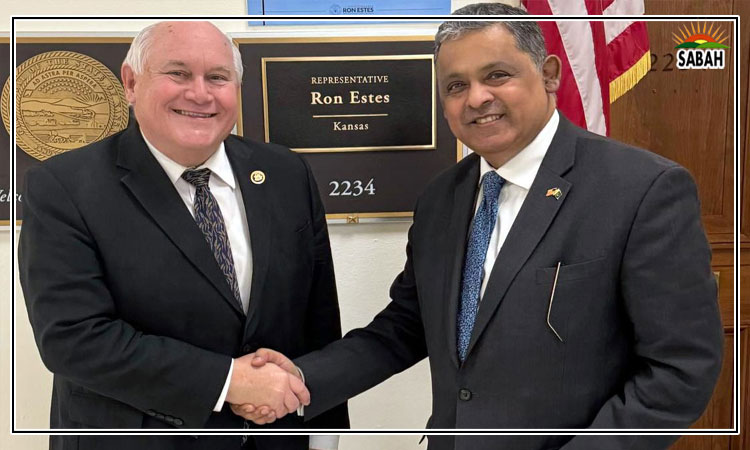Save the children ….Zile Huma
Climate crises negatively impact everyone indiscriminately. Disasters caused by climate change affect women, the elderly and children across the globe. The threats of climate change to the lives of children are numerous and dangerous.
Climate-led disasters become fatal for children. According to Unicef, every year, environmental factors take the lives of 1.7 million children under five. Similarly, according to a Human Rights Watch report, published in September 2022, “more than 400 children have been killed in the floods in Pakistan, and many more injured.”
Climate change-induced disasters also create several health issues. After floods, children suffer from many water-borne diseases like diarrhoea, malaria, pneumonia and malnutrition. They are forced to drink contaminated water carrying germs. Another problem that children face after floods is the lack of food. Similarly, chances of catching a cold or contracting pneumonia in such situations increase manifold when displaced children spend nights in the open.
A report by Unicef on floods in Pakistan highlights that “at least 3.4 million children need urgent humanitarian assistance and are at increased risk of waterborne diseases, drowning, and malnutrition. Most of the approximately 16 million affected children are without homes, lack access to safe drinking water, and are living in unsanitary conditions.”
Wildfires in Australia, Canada, and the US have led to long-term respiratory and eye infections among children. The loss of family members, homelessness, and migrations triggered by climate-led disasters can also lead to many psychological problems among children. Early childhood traumatic experiences also leave lifelong marks on the mental health of children, which impact their socio-economic lives when they grow up.
According to the American Psychological Association, “Climate change poses a particular threat to children and youth, starting before birth and potentially derailing the normal development of physiological systems, cognitive abilities, and emotional skills in ways that are sometimes irreversible.”
The third important challenge for children impacted by climate change disasters is the lack of access to education. The demolished infrastructure of education institutions, lack of finances, and displacement problems can deprive them of access to education.
According to figures from the Pakistan Emergency Coordination Working Group (ECWG), approximately 26,000 schools were destroyed. Around 7,000 schools were used as shelters for the flood-affected population. This number has disrupted educational activities in flood-affected areas and widened the education gap in Pakistan.
Children who could have possibly gotten an education and supported their families by getting good jobs are pushed down into poverty traps. The repeated closure of schools due to extreme weather conditions also disrupts the academic year. For example, recently winter holidays were extended in Punjab due to smog and the extreme cold season.
Fourth, financial crises in families after climate catastrophes snatch the strength of parents to provide a quality of life and fulfil the basic needs of their children. They cannot afford food, clothes, or educational expenses that can snatch from their children’s ability to grow physically, mentally and intellectually.
Fifth, amid climate disasters, the law-and-order situation also deteriorates. Organized criminal groups engaged in child begging, illicit trafficking, and kidnap for ransom find an opportunity to target innocent children. So, the safety and security of children is also compromised under such devastating situations.
Fourth, climate crises are the worst for women. During such disasters, women and girls are more vulnerable than men. For example, when parents have limited resources to feed and educate one child after a disaster, they will give preference to male children. When parents fail to afford the upbringing of their children, they are most likely to send a girl child as a domestic helper or get her married. These girls become victims of violence and ill-treatment. Similarly, they are more vulnerable to crimes like child abuse and rape during emergency situations.
Due to the severe negative of climate change impacts, children around the world are becoming aware and launching many movements. However, nations need to take special measures to protect children from the devastating impacts of climate change through policies and actions.
We also need to teach adaptation and mitigation techniques to children to play their part in fighting climate change. During an emergency, we need to take steps to tackle the health problems of children. The law-enforcement agencies should be more vigilant to prevent any children-related crimes in such situations.
Child labour laws should be strict with heavy punishments. Insurance schemes against climate-related disasters on minimum premium amounts for children can be introduced by the governments to meet the expenses of their necessities and education.
The international community should support and provide technical and financial support to developing countries to initiate projects for the wellbeing of children affected by the climate crisis.
The writer is a graduate of University of Oxford in Public Policy. She tweets/posts @zilehumma_1
Courtesy The News


